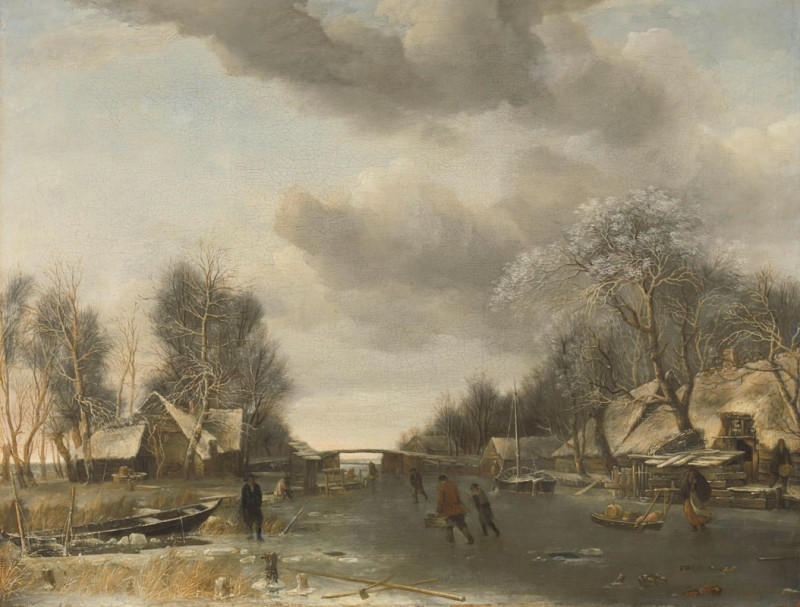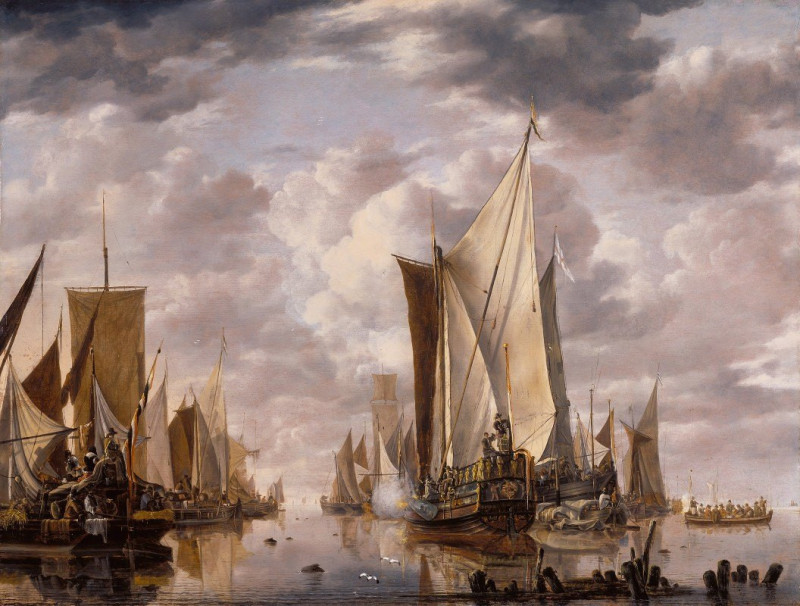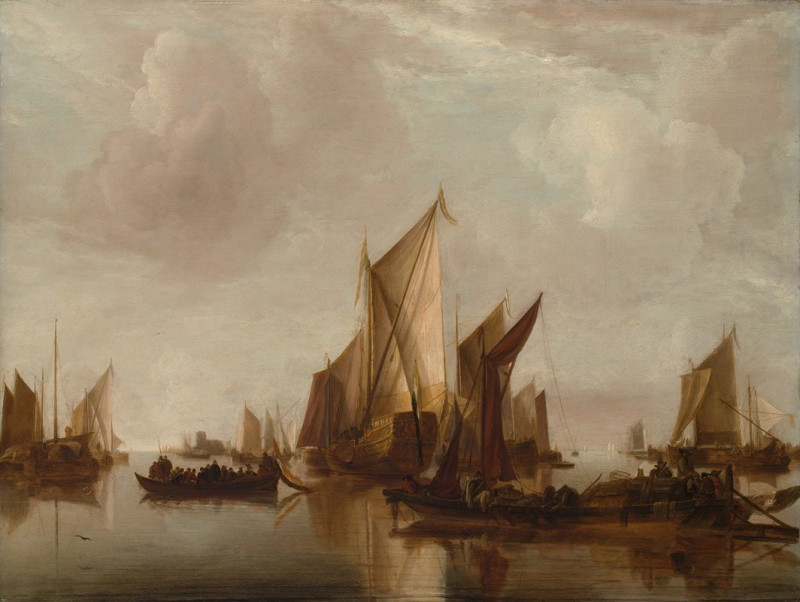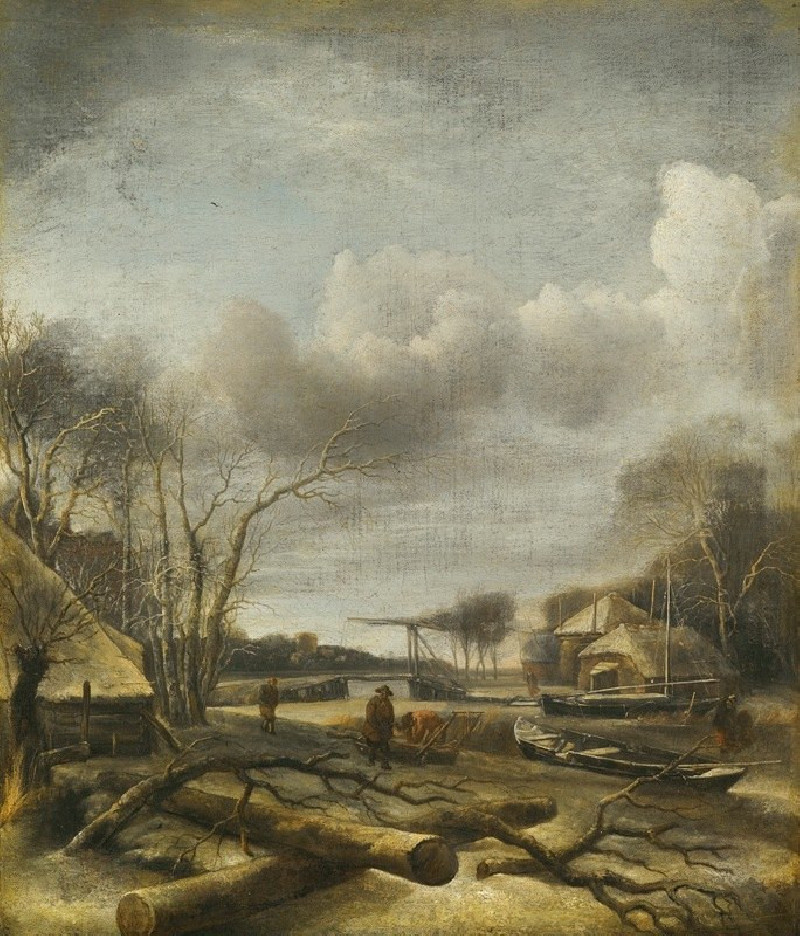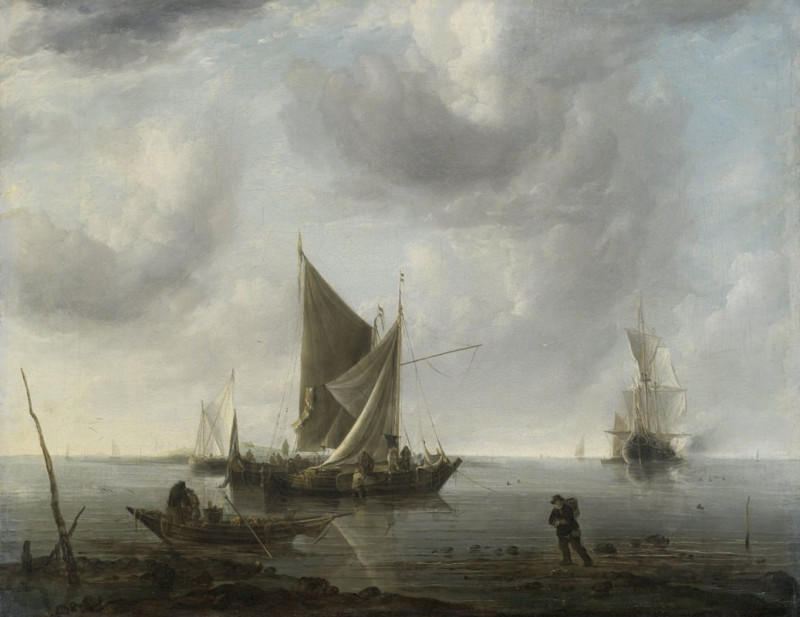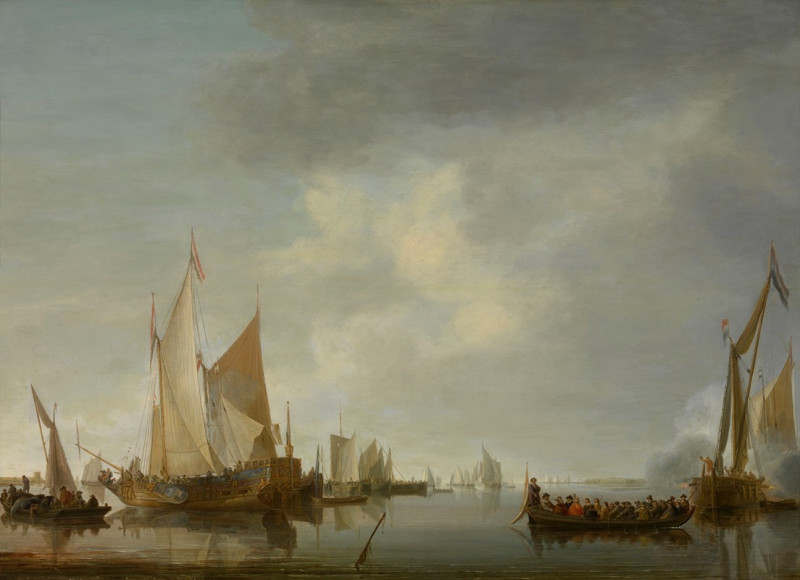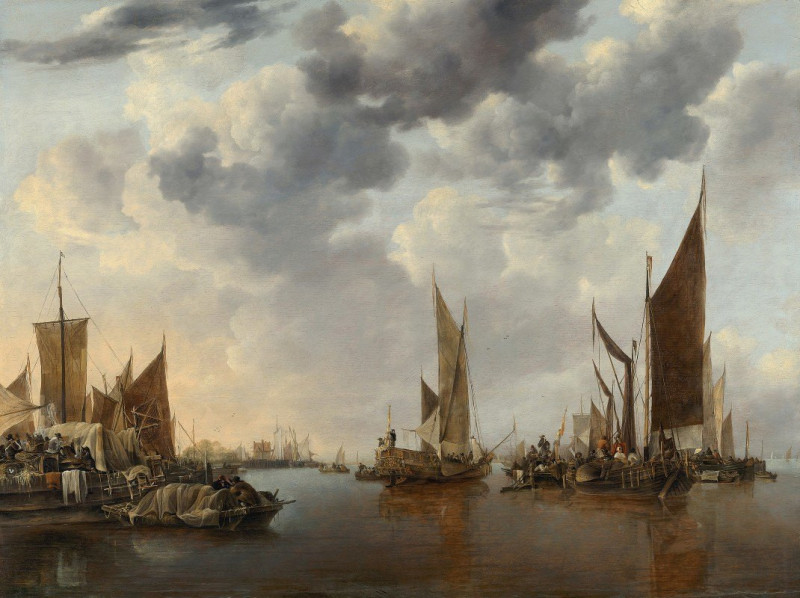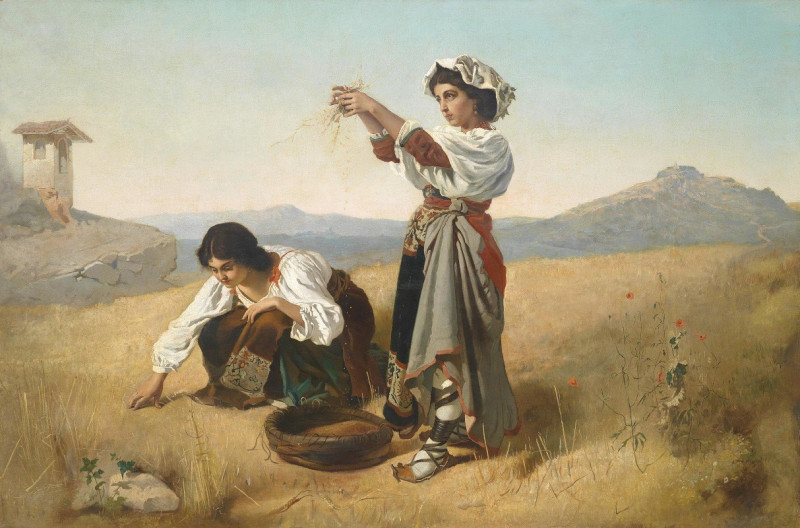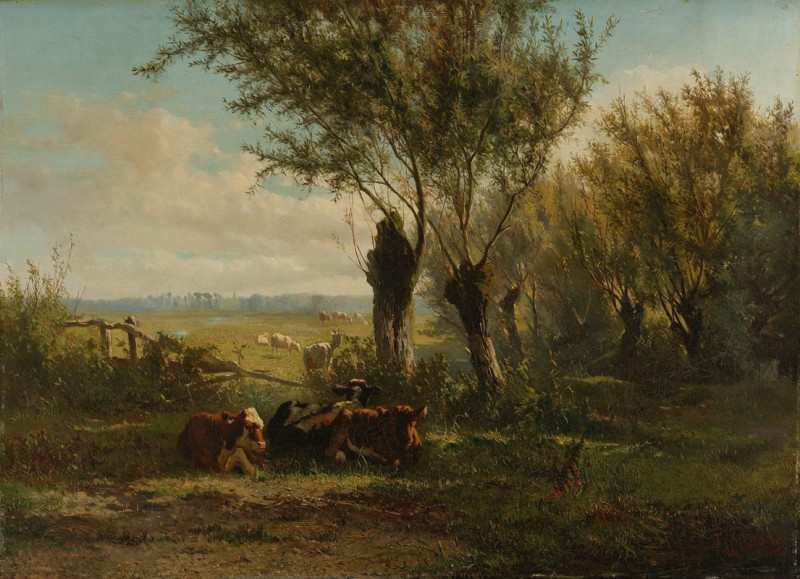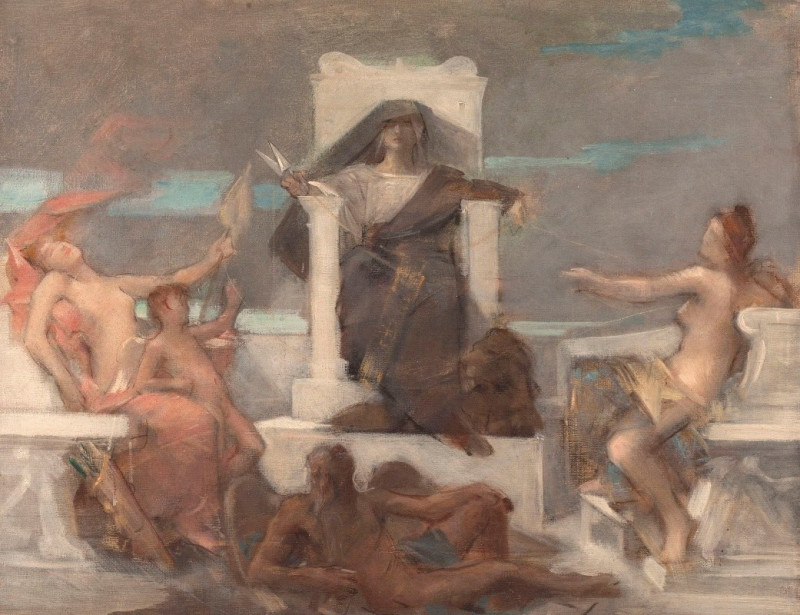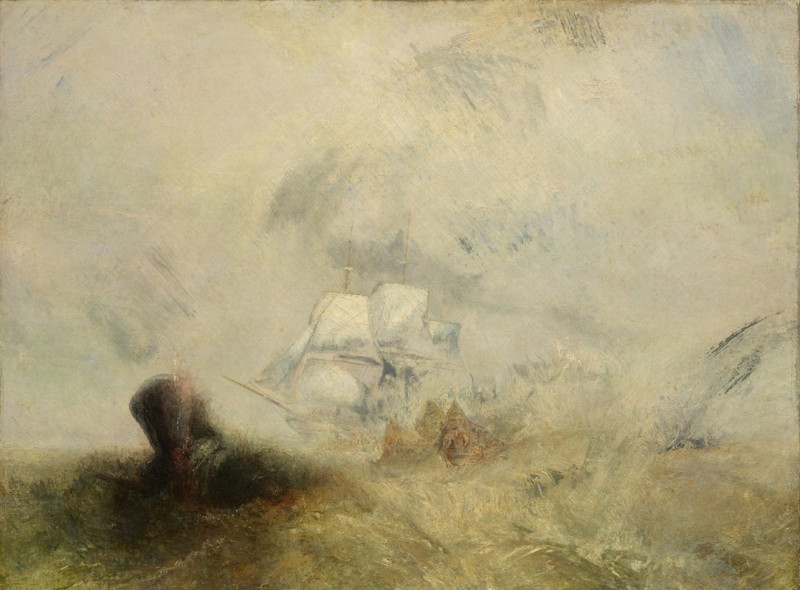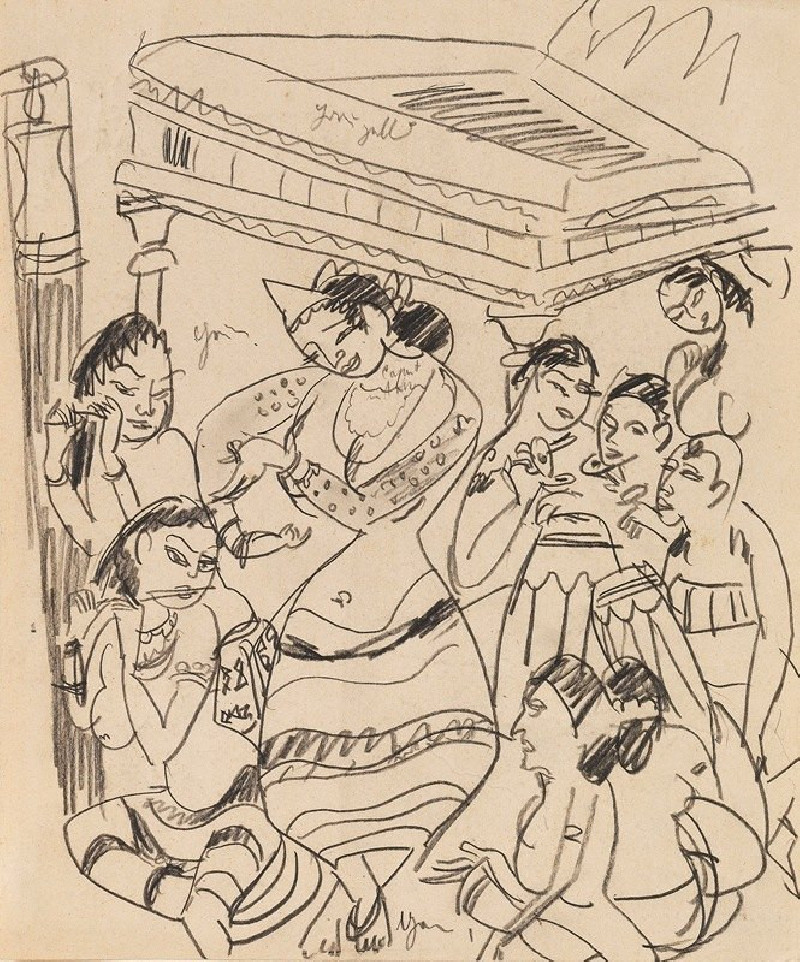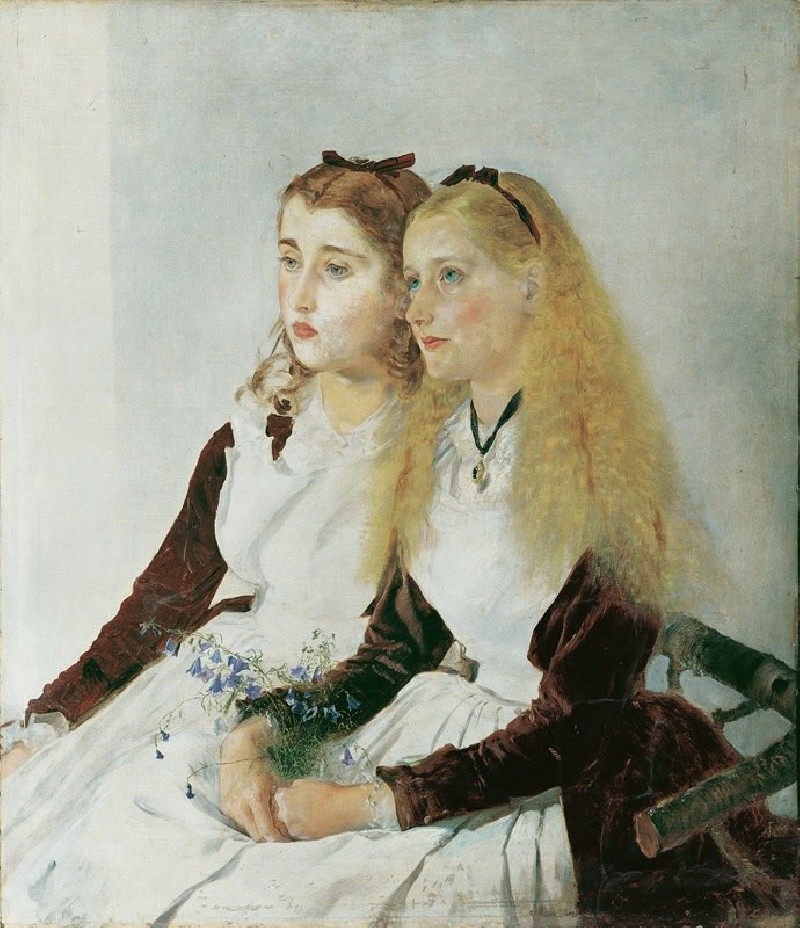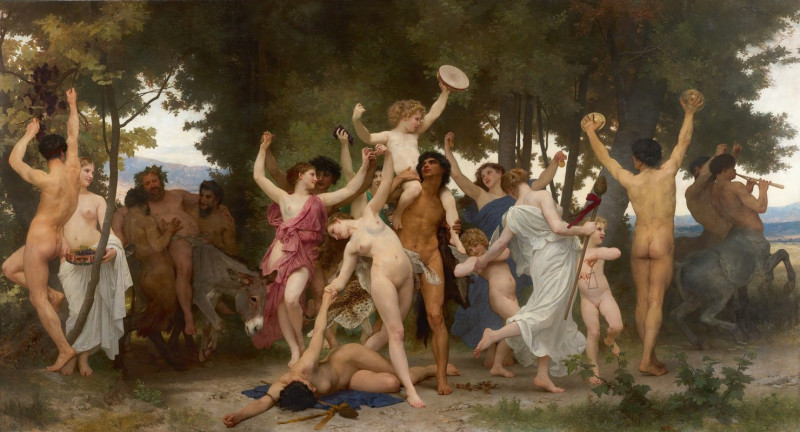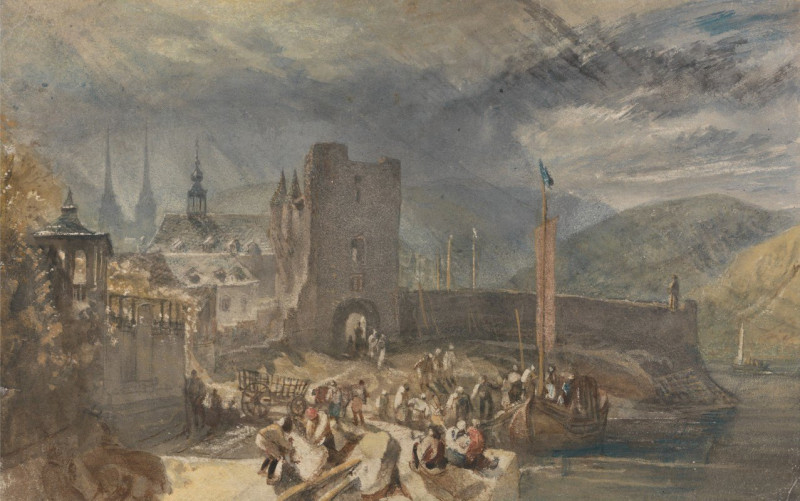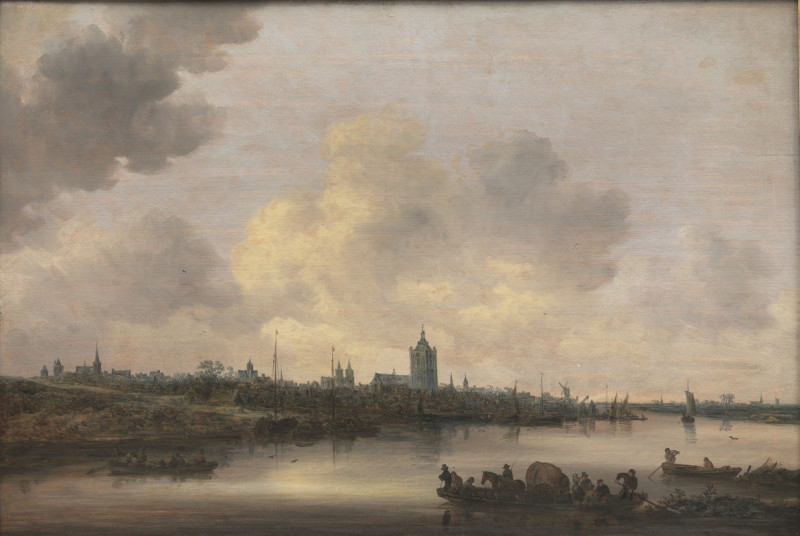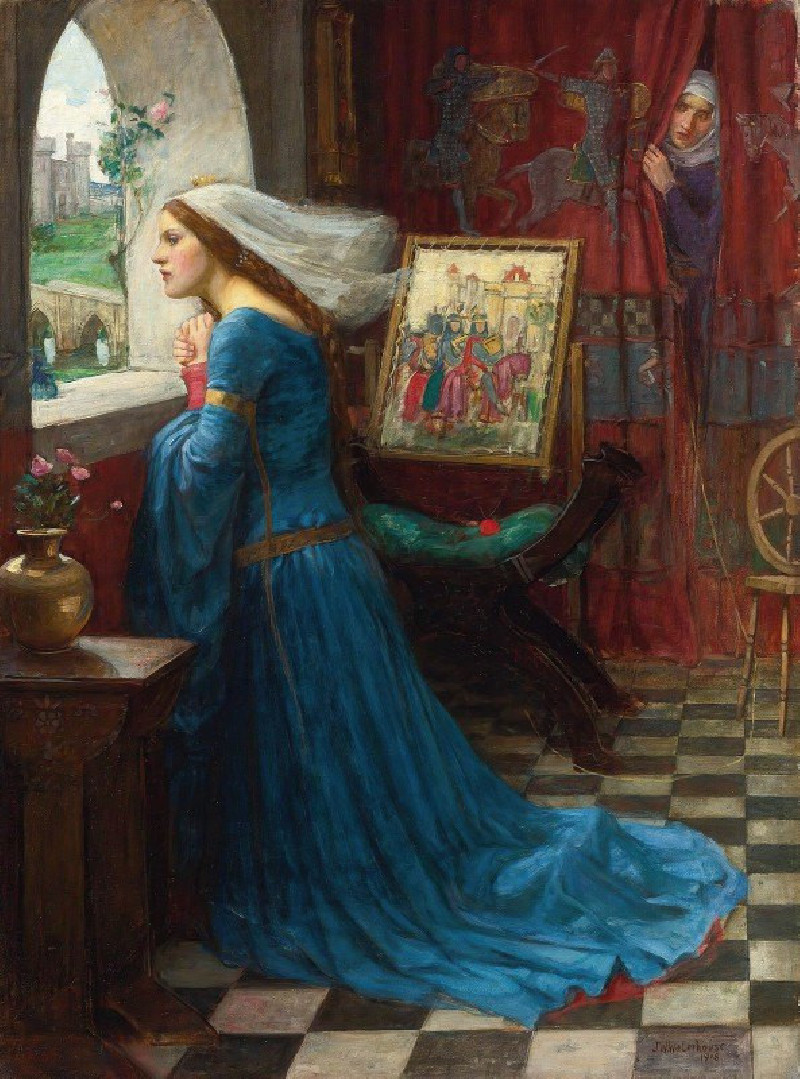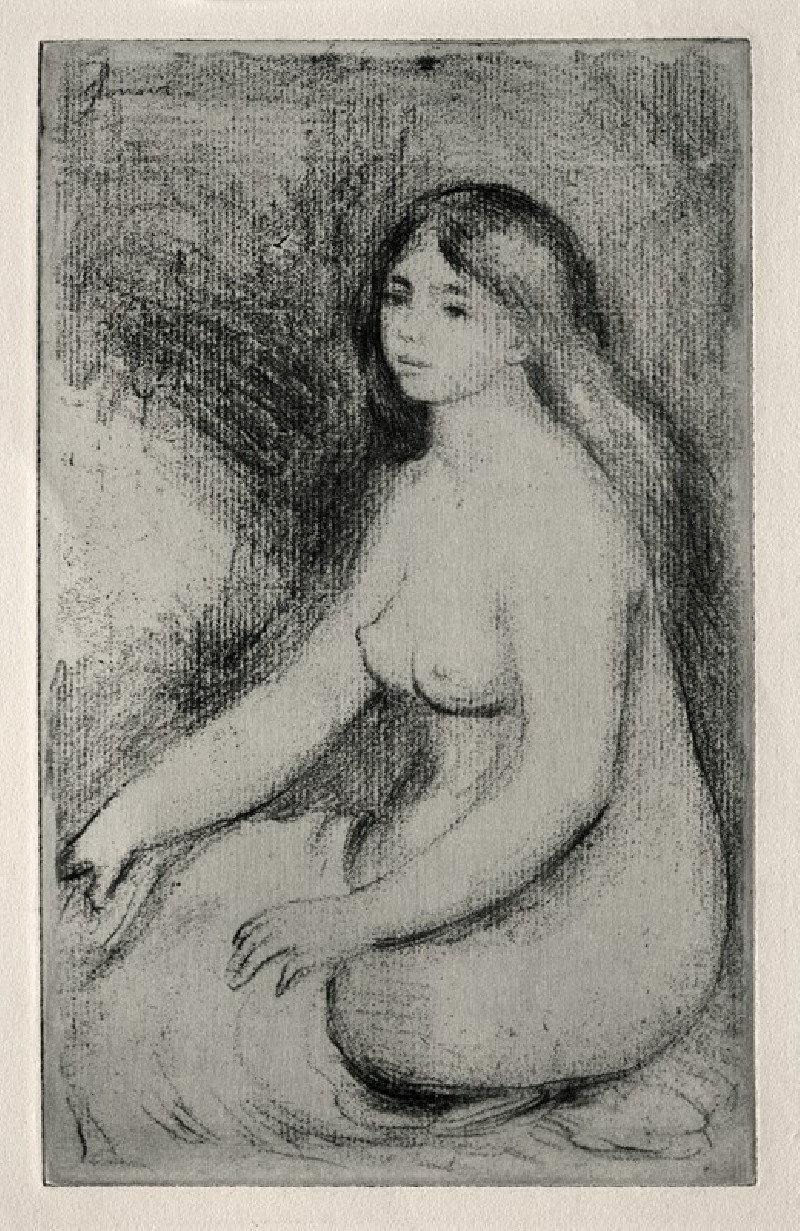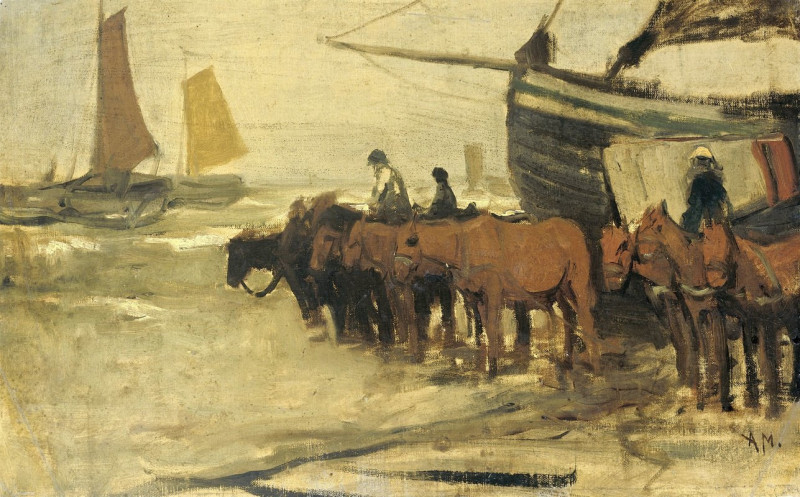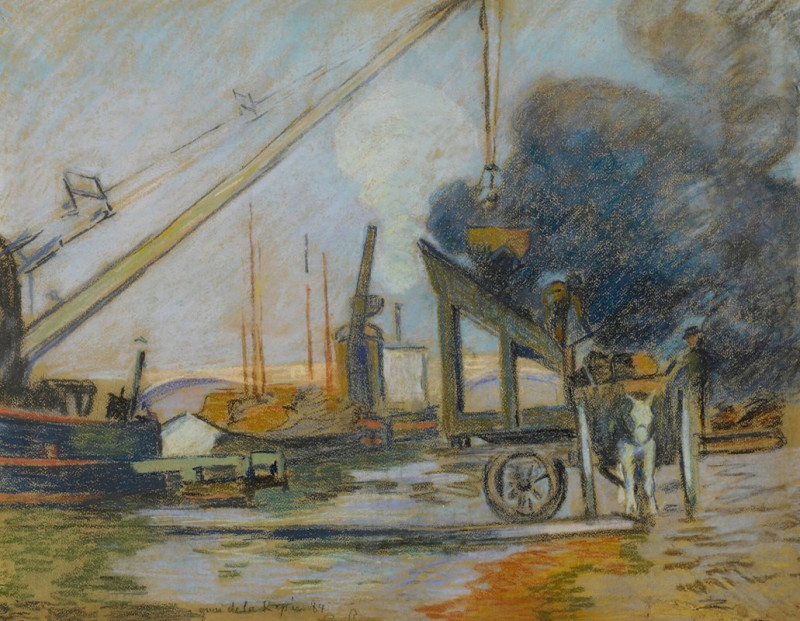The Home Fleet Saluting the State Barge (1650)
Technique: Giclée quality print
Recommended by our customers
More about this artwork
Discover a masterpiece of maritime art with "The Home Fleet Saluting the State Barge," crafted by the distinguished Dutch Golden Age painter, Jan van de Cappelle. Painted in 1650, this exquisite work captures the elegance and vitality of the Dutch naval power during a period of economic prosperity and maritime dominance.The scene is set on a tranquil body of water, reflecting a soft, expansive sky that promises a mild weather. At the heart of the composition, the state barge solemnly receives salutes from the home fleet. The barge, adorned with regal decorations and the proud display of the Dutch flag, sails ceremoniously past several smaller vessels. Each ship is meticulously rendered, with fluttering sails and robust masts, highlighting van de Cappelle's meticulous attention to detail and his profound understanding of light and reflection.The painting buzzes with activity; sailors and dignitaries aboard the boats are depicted interacting, some gesturing grandly as if in mid-conversation, underscoring the significance of this celebratory event. A plume of smoke from a cannon shot adds a dramatic touch to the serene atmosphere, signaling honor and respect as the fleet salutes the passing barge.Jan van de Cappelle's mastery in depicting seascapes and his delicate handling of atmospheric effects are magnificently showcased in this work. The subtle gradations of the sky and the reflective qualities of the water create a sense of depth and spaciousness. "The Home Fleet Saluting the State Barge" not only illustrates a moment of majestic naval pageantry but also encapsulates the tranquil yet powerful essence of Dutch maritime prowess during its golden age.
Delivery
Returns
Jan van de Cappelle was a Dutch Golden Age painter of seascapes and winter landscapes, also notable as an industrialist and art collector. He is "now considered the outstanding marine painter of 17th century Holland". He lived all his life in Amsterdam, and as well as working as an artist spent much, or most, of his time helping to manage his father Franchoy's large dyeworks, which specialized in the expensive dye carmine, and which he eventually inherited in 1674.


